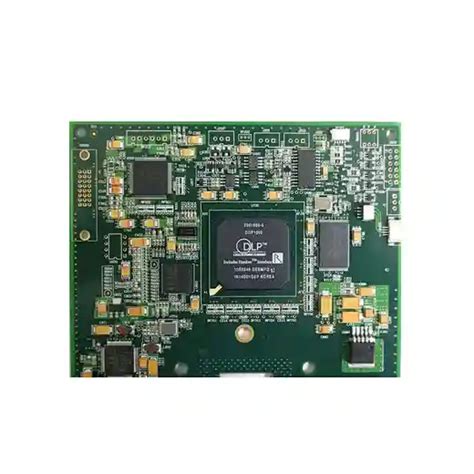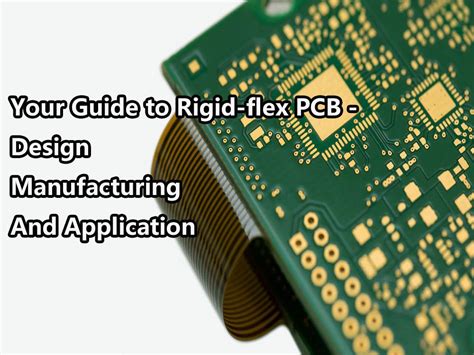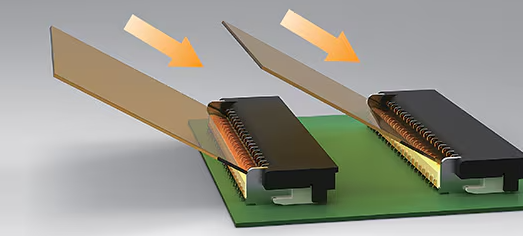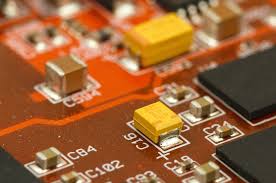Optimize SMT Assembly Quotes for Cost-Efficient Manufacturing

Key Takeaways
Understanding the core elements that impact PCB assembly quotes is critical for achieving cost-efficient manufacturing. Three primary factors dominate SMT assembly pricing: component selection, production volume, and quality requirements. Standardized components often reduce costs compared to specialized parts, while bulk orders typically lower per-unit expenses in PCBA projects.
"Always request a detailed cost breakdown from your manufacturer—this clarifies where savings can be prioritized without sacrificing reliability."
Balancing quality standards with budget constraints requires evaluating certifications, testing protocols, and supplier track records. For instance, opting for automated optical inspection (AOI) might increase initial costs but minimizes defects, reducing long-term rework expenses. Additionally, streamline communication with your PCB assembly partner to align design choices with their equipment capabilities, avoiding costly redesigns.
Hidden costs, such as expedited shipping or custom packaging, can inflate quotes unexpectedly. Proactively negotiating terms like payment schedules or volume-based discounts further optimizes PCBA budgets. By integrating these strategies, manufacturers unlock scalable, cost-effective solutions tailored to their production needs.
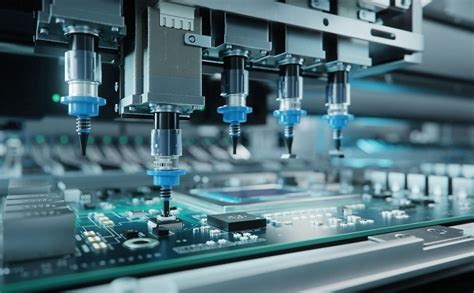
Key Factors in SMT Assembly Quotes
When evaluating SMT assembly quotes, manufacturers must analyze multiple variables that directly influence pricing. The complexity of PCB assembly (PCBA) designs, including board layer count and component density, significantly impacts material and labor costs. For instance, high-density interconnect (HDI) boards often require advanced placement equipment, increasing SMT assembly expenses.
| Factor | Cost Impact | Optimization Strategy |
|---|---|---|
| Component Packaging | 15-30% of total cost | Prioritize standardized ICs |
| Board Size | 8-12% variance | Minimize panel waste |
| Lead Time | 5-20% premium | Plan for bulk order cycles |
Component selection remains critical: opting for readily available surface-mount devices (SMDs) over obsolete or custom parts reduces procurement delays and costs. Additionally, PCBA volumes play a dual role—higher quantities typically lower per-unit costs but may escalate upfront material investments. Balancing design specifications with SMT assembly capabilities, such as solder paste deposition accuracy, ensures quality without unnecessary expenditures.
Hidden variables like testing protocols (e.g., AOI vs. X-ray inspection) and compliance certifications (IPC-A-610, ISO 9001) further shape quotes. Proactive collaboration with suppliers to align technical requirements with cost-efficient PCB assembly workflows can reveal opportunities for savings while maintaining reliability.
Component Selection & SMT Costs
Strategic component selection plays a pivotal role in balancing cost efficiency and performance in PCB assembly. The choice of components directly impacts material expenses, manufacturing complexity, and yield rates. For instance, opting for standardized surface-mount devices (SMDs) over custom or obsolete parts reduces procurement delays and minimizes the risk of rework during PCBA. Components with smaller footprints, such as 0402 or 0201 packages, may lower material costs but require advanced placement accuracy, potentially increasing machine setup time.
Equally critical is aligning component specifications with the design for manufacturability (DFM) guidelines. Overly dense layouts or mismatched thermal profiles can lead to soldering defects, escalating post-assembly inspection costs. Prioritizing widely available, RoHS-compliant parts not only ensures regulatory compliance but also leverages bulk purchasing advantages. For passive components like resistors and capacitors, selecting tape-and-reel packaging over loose parts streamlines the pick-and-place process, reducing machine idle time.
Collaborating with suppliers early to validate bill of materials (BOM) feasibility helps avoid last-minute substitutions that disrupt production schedules. By harmonizing component choices with assembly capabilities, manufacturers can optimize SMT assembly quotes without sacrificing reliability.
Volume Strategies for SMT Savings
Production volume plays a pivotal role in determining PCB assembly costs, making strategic planning essential for maximizing savings. Manufacturers often leverage economies of scale, where higher order quantities reduce per-unit expenses for PCBA services. By consolidating orders or aligning production runs with demand forecasts, businesses can minimize setup fees and material waste—two common cost drivers in SMT assembly. For instance, bulk purchasing of components or standardized panel designs can lower procurement and processing costs by up to 20%.
However, balancing volume with flexibility is critical. Overcommitting to large batches risks excess inventory if market conditions shift, while overly conservative orders may forfeit bulk discounts. A hybrid approach—combining phased production runs with negotiated tiered pricing—ensures adaptability without sacrificing savings. Partnering with PCBA providers offering dynamic pricing models further optimizes costs, as suppliers may adjust rates based on projected annual volumes or multi-project commitments.
To enhance efficiency, consider integrating design-for-manufacturability (DFM) principles early in the process. Simplified layouts and standardized components not only accelerate assembly but also reduce the likelihood of rework—a hidden expense in high-volume scenarios. By aligning volume strategies with accurately forecasted demand and supplier capabilities, manufacturers achieve a leaner, more cost-effective PCB assembly workflow.
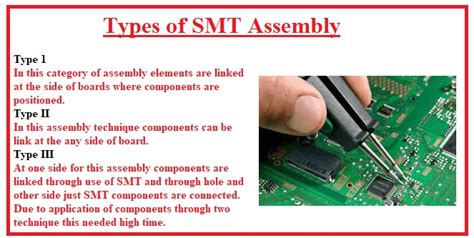
Quality vs Cost in SMT Assembly
Balancing quality and cost in PCB assembly requires a strategic approach to avoid compromising critical performance metrics. While component selection and volume optimization directly influence pricing, cutting corners on materials or processes often leads to higher long-term expenses due to rework or field failures. For instance, opting for lower-grade solder paste might reduce initial PCBA costs but risks solder joint defects, increasing failure rates during thermal cycling.
Manufacturers must prioritize traceability and testing protocols—such as AOI (Automated Optical Inspection) and X-ray inspection—to ensure reliability without inflating budgets. Advanced SMT assembly techniques, like nitrogen reflow soldering, can enhance yield rates while maintaining cost efficiency. However, over-specifying tolerances or materials for non-critical applications introduces unnecessary expenses.
The key lies in aligning quality benchmarks with end-use requirements. Industrial or medical-grade PCB assemblies demand stricter controls, while consumer electronics may tolerate slight trade-offs. By collaborating with experienced partners, engineers can identify where cost-saving measures—such as panelization designs or standardized footprints—complement quality objectives. This balance ensures PCBA projects meet both performance expectations and financial constraints.
Streamlining SMT Manufacturing
Efficient PCB assembly processes rely heavily on optimized workflows that minimize waste while maintaining precision. Streamlining SMT manufacturing begins with design for manufacturability (DFM) principles, ensuring layouts align with automated placement systems and reflow soldering requirements. By standardizing component footprints and reducing unnecessary complexity, manufacturers can accelerate PCBA throughput and lower labor costs.
Advanced equipment, such as high-speed pick-and-place machines and automated optical inspection (AOI) systems, further enhances process consistency. Integrating lean manufacturing methodologies—like just-in-time material procurement—reduces inventory overhead and mitigates risks of obsolescence. However, balancing speed with quality remains critical; overly aggressive cycle times may lead to solder defects or misalignments, increasing rework expenses.
Collaboration between engineering and production teams ensures alignment on tolerances and material specifications, preventing costly mid-production adjustments. For instance, selecting standardized surface-mount devices (SMDs) over custom components simplifies sourcing and reduces lead times. By prioritizing repeatable processes and data-driven decision-making, manufacturers achieve scalable SMT assembly solutions that align with both budgetary constraints and performance benchmarks.
Hidden Costs in SMT Assembly
While material and labor expenses dominate SMT assembly quotes, several hidden factors can significantly impact total costs. Unexpected tooling changes, often triggered by design complexities like fine-pitch components or mixed-technology boards, may require additional PCB assembly setup time. Component obsolescence or last-minute substitutions in PCBA projects can lead to rushed sourcing fees or delays, particularly for low-volume orders.
Another often overlooked factor is testing and inspection. While skipping automated optical inspection (AOI) might lower initial quotes, undetected defects could result in costly rework or field failures. Similarly, non-standard packaging formats (e.g., tape-and-reel vs. bulk) may increase handling charges by 12–18%.
For instance, designs requiring specialized stencils or nitrogen-assisted reflow for high-density interconnects (HDIs) often incur hidden line-item fees. Proactive communication with your PCBA partner about design-for-manufacturability (DFM) guidelines helps mitigate these risks. Additionally, logistics delays or improper storage conditions for moisture-sensitive components can escalate costs by 5–10%, emphasizing the need for supply chain transparency in SMT assembly workflows.
Negotiating SMT Assembly Quotes
Effective negotiation of SMT assembly quotes requires a blend of technical insight and strategic collaboration. Start by establishing a transparent partnership with your PCBA provider, focusing on mutual value creation rather than purely price-driven discussions. Understanding the manufacturer’s cost structure—such as component procurement, setup fees, and testing requirements—enables targeted negotiations. For instance, consolidating orders into larger batches often unlocks volume discounts, while flexible timelines may reduce expedited processing charges.
Leverage competitive quotes from multiple vendors to benchmark pricing, but prioritize suppliers with proven expertise in PCB assembly to avoid hidden costs from rework or quality issues. Negotiate terms for long-term contracts if production volumes are stable, as this can secure favorable rates. Additionally, explore cost-sharing opportunities for non-recurring engineering (NRE) fees or tooling investments, especially for complex designs.
Always clarify inclusions in the initial quote, such as conformal coating or AOI testing, to prevent unexpected line items. By aligning technical requirements with commercial flexibility, manufacturers and buyers can achieve balanced agreements that sustain both cost efficiency and reliability in SMT assembly workflows.
How to Lower SMT Assembly Costs
Achieving cost efficiency in PCB assembly requires a strategic balance between design optimization, material selection, and production planning. Start by evaluating component sourcing—opting for standardized parts with stable availability can prevent delays and reduce procurement expenses. Leveraging volume discounts through batch ordering or consolidated production runs often lowers per-unit costs in PCBA projects.
Implementing design for manufacturability (DFM) principles minimizes rework risks, such as avoiding overly complex layouts or components prone to placement errors. Collaborate with suppliers to negotiate long-term agreements for high-use materials, ensuring price stability. Additionally, consider panelization strategies to maximize board yield and reduce material waste during SMT assembly.
Automation plays a pivotal role: advanced pick-and-place systems and automated optical inspection (AOI) streamline workflows while maintaining quality standards. However, prioritize process validation to avoid hidden costs from defective batches. Finally, analyze total lifecycle expenses—sometimes marginally higher upfront investments in reliable components or advanced PCBA technologies yield greater savings through reduced failure rates and maintenance needs.
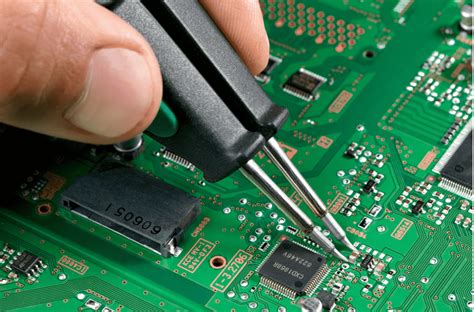
Conclusion
Effectively managing SMT assembly costs requires a balanced approach that prioritizes both quality and efficiency. By understanding the interplay between component selection, volume optimization, and manufacturing workflows, businesses can secure competitive PCBA quotes without sacrificing reliability. Key strategies, such as leveraging standardized parts in PCB assembly and negotiating bulk pricing for high-volume orders, directly address cost drivers while maintaining production integrity. Additionally, identifying hidden expenses—like testing delays or supply chain inconsistencies—ensures transparency in final pricing.
Successful SMT assembly optimization hinges on collaboration with trusted partners who align with your technical and budgetary requirements. Regularly reviewing design choices, such as panelization or solder mask specifications, further refines cost structures. As the PCBA industry evolves, adopting data-driven analytics and lean manufacturing principles will remain critical for sustaining competitive advantages. Ultimately, a proactive stance toward PCB assembly challenges transforms cost management from a reactive task into a strategic asset for long-term manufacturing success.
Frequently Asked Questions
How does component selection affect PCB assembly costs?
The choice of components directly impacts PCBA expenses. High-precision or rare parts often increase material costs, while standardized, readily available components streamline procurement. Design-for-manufacturability (DFM) principles help balance performance and affordability.
Can higher production volumes guarantee lower SMT assembly quotes?
While bulk orders typically reduce per-unit costs through economies of scale, optimal savings depend on volume-tiered pricing models. Discuss PCB assembly thresholds with your vendor to align order quantities with cost-efficient brackets.
How do hidden costs influence PCBA pricing?
Unforeseen expenses like expedited shipping, last-minute design changes, or specialized testing protocols can inflate quotes. Transparent communication during the SMT assembly planning phase minimizes these risks.
Is compromising quality advisable to reduce PCB assembly costs?
Prioritize certified suppliers and robust quality control systems. Cutting corners on materials or inspections risks defects, rework costs, and delayed timelines—ultimately undermining savings.
What negotiation strategies work for SMT assembly contracts?
Leverage competitive bids, highlight long-term partnership potential, and bundle services like PCBA testing. Clarify terms for design revisions and prototype iterations to avoid post-quote charges.
Ready to Optimize Your SMT Assembly Costs?
Please click here to explore tailored solutions and receive a customized quote for your project.

